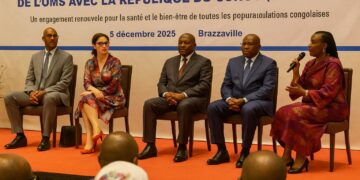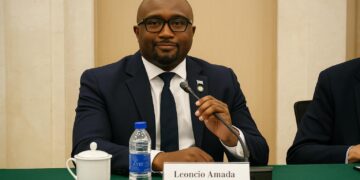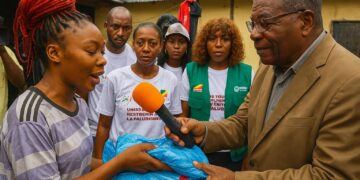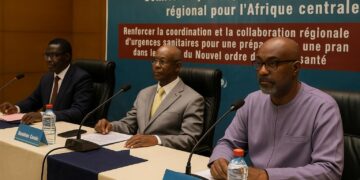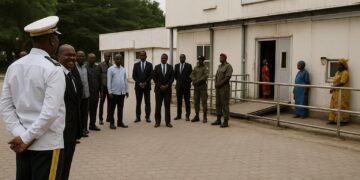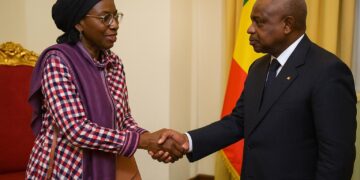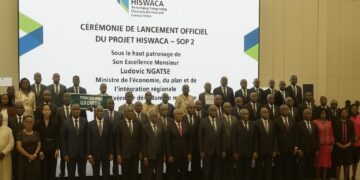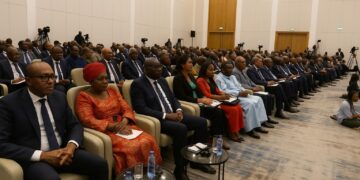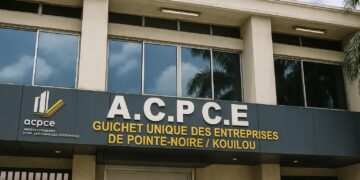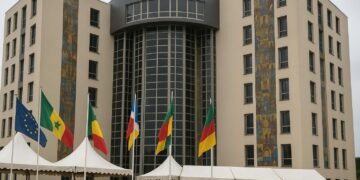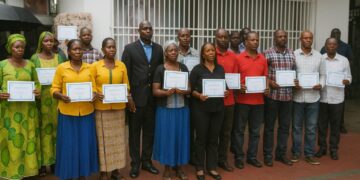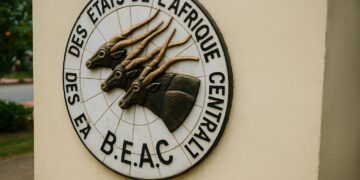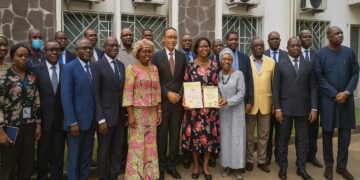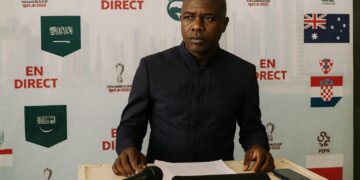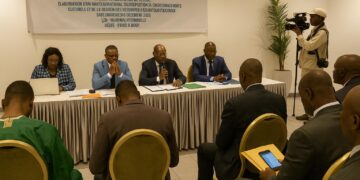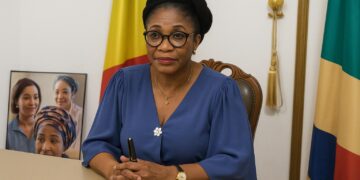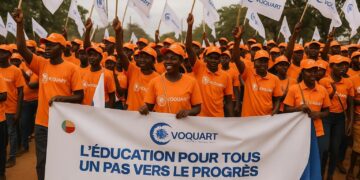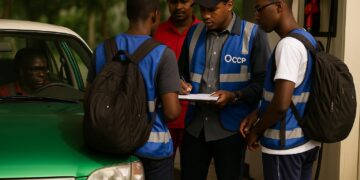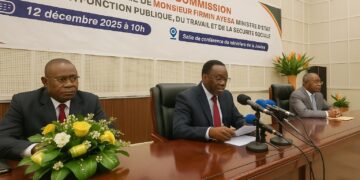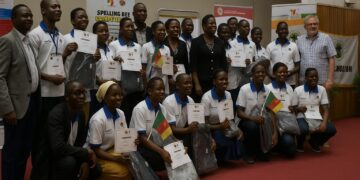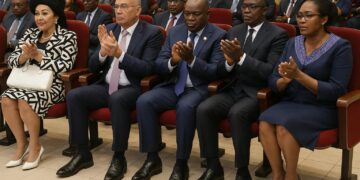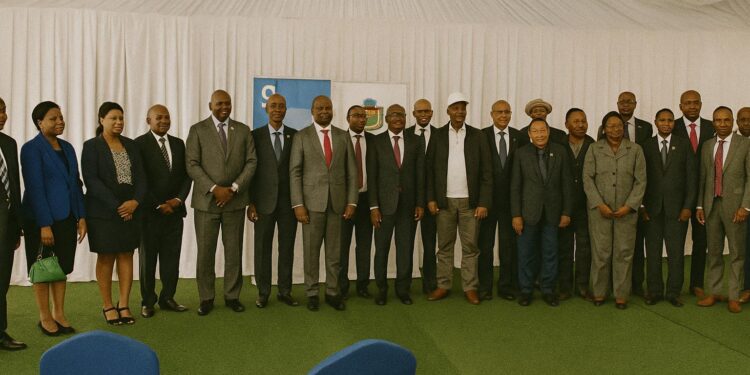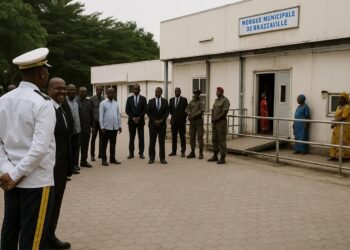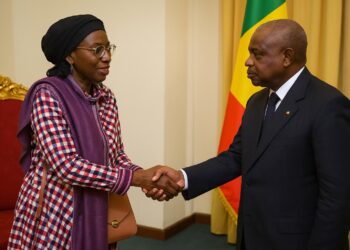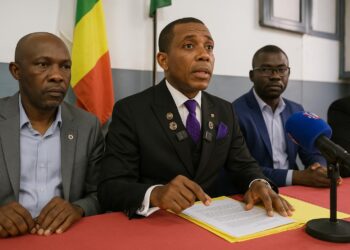Strategic Convergence in Brazzaville
Behind the discreet walls of the National Institute of Youth and Sports (INJS) in Brazzaville, a four-day workshop held from 30 June to 3 July 2025 quietly signalled a strategic shift in Congo’s social policy. Facilitated by UNESCO and the Ministry of Youth, the session assembled senior trainers responsible for shaping the republic’s future coaches, social workers and sport educators. Charles Makaya, chief of staff to the minister, framed the endeavour as a “calculated investment in national stability,” while Brice Kamwa Ndjatang, UNESCO’s deputy resident representative, characterised it as a decisive moment in “arming practitioners with twenty-first-century prevention instruments.”
Although the initiative unfolded without fanfare, its scope was ambitious: to convert the soft power of sport and youth engagement into a buffer against delinquency and gender-based violence, two phenomena that risk undermining Congo’s demographic dividend if left unchecked.
A Regional Context of Emerging Risks
Central Africa’s urban corridors are witnessing a demographic surge that places unprecedented pressure on labour markets and social services (African Development Bank data, 2024). Brazzaville’s youthful population is no exception. Rising informal employment and school dropout rates create fertile ground for petty crime and gang activity, while gender-based violence remains stubbornly prevalent, especially in peri-urban districts. The Congolese government has responded with targeted institutions such as the National Agency for Insertion and Social Reintegration of Youth and the Aubeville transitional centre in Bouenza, both launched under President Denis Sassou Nguesso’s broader social modernisation platform.
Yet officials acknowledge that infrastructure alone is insufficient. “Facilities matter, but methodology matters more,” Kamwa Ndjatang reminded participants, emphasising the need for evidence-driven outreach and trauma-sensitive counselling.
Training Methodology: From Theory to Practice
The workshop curriculum, co-designed with criminologists from the University of Yaoundé and gender specialists from UNESCO’s Regional Office, blended behavioural science with inclusive pedagogy. Morning sessions examined the psycho-social mechanics of youth offending, drawing on comparative studies from Brazil and South Africa that highlight community sports as deterrents to recidivism. Afternoon practicums translated theory into role-play simulations: coaches learned de-escalation techniques, while counsellors practised referral pathways for survivors of sexual violence.
Participants were also introduced to digital dashboards that track risk indicators at neighbourhood level, an innovation meant to feed real-time data into policy units within the Ministry of Youth. “We are moving from anecdote to analytics,” said an INJS coordinator, noting that timely metrics can determine whether a teenager is channelled to a football pitch or to legal aid.
Institutional Ownership and Policy Translation
To avoid the fate of well-intentioned pilot projects that fade once external funding dries up, organisers embedded a continuity clause. Each regional branch of the INJS must now establish a socio-educational committee tasked with quarterly audits of prevention measures and biannual refresher training for staff. The Ministry of Justice, the Ministry of Health and local civil-society platforms are listed as co-signatories in a memorandum that seeks to harmonise juvenile justice protocols with community-based reintegration.
Charles Makaya underscored the administration’s readiness to underwrite the next phase through the 2026 budget cycle, arguing that “every franc allocated to prevention saves multiples in law-enforcement expenditure down the line.”
International Frameworks and Local Ownership
In aligning its approach with the Sustainable Development Goals—particularly Targets 16.1 on non-violence, 16.2 on child protection and 5.2 on ending violence against women—the Congo positions itself as an emerging case study in South-South cooperation. UNESCO officials point to parallel efforts in Côte d’Ivoire and Morocco, where similar programmes have yielded double-digit declines in juvenile re-offence rates within five years (UNESCO Youth Report, 2023).
Yet the Brazzaville model retains a distinctly Congolese imprint. Cultural mediators incorporate local proverbs into counselling sessions, while traditional dance is re-purposed as a trust-building exercise. Such localisation, experts argue, strengthens community buy-in and reduces the perception of top-down imposition.
Prospects for Measurable Impact
Whether the promises articulated in early July materialise will hinge on rigorous monitoring. The Ministry of Youth has pledged to publish an annual scoreboard tracking school reintegration rates, recidivism statistics and gender-violence case referrals. Independent observers from the Central African Economic and Monetary Community have been invited to validate the data, an unusual gesture of transparency that acknowledges regional scrutiny.
For now, Brazzaville’s policy community is cautiously optimistic. As one senior diplomat at the closing ceremony observed, “Preventing a teenager from drifting into delinquency is not an act of charity; it is macro-economic prudence.” In an era where social cohesion is increasingly recognised as a pre-requisite for sustainable growth, Congo’s quiet experiment at the INJS may offer valuable lessons well beyond its borders.

